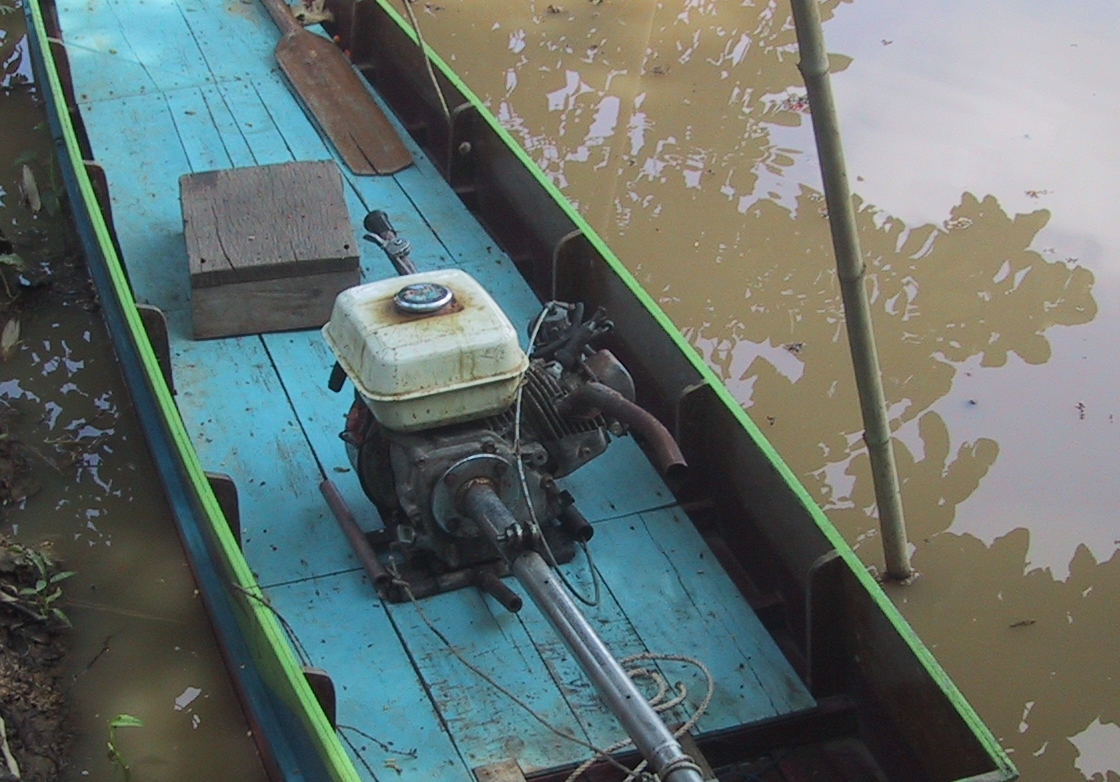Two weeks ago I had a one-day trip to Prachin Buri, a couple of hours drive to the north-east of Bangkok (thanks to Man and Pim for taking me there). I was lucky enough to meet with members of a local group (DOF – Development Activity of Citizen Forum) working on integrated watershed management in the Prachin Buri catchment. With its headwaters in the mountains of Khao Yai, the Prachin Buri River flows down to the gulf of Siam to the east of Bangkok. It is a catchment that is facing multiple water resource pressures. Topping the list of local concerns is the impact of large scale factory development in the catchment’s industrial zones. Industrial water use and industrial discharges pose significant challenges for both water supply and water quality. Other key water users are the region’s many rice growers and the numerous local people involved in various forms of river fishery (I was treated to a lovely lunch of fish and river prawns). Water resource management is made more complex by extensive irrigation infrastructure and canals that facilitate the inter-basin transfers of water. In the upper reaches of the catchment, expanding eucalyptus plantations have poorly understood hydrological impacts. And plans to use the catchment’s water to supply the eastern seaboard’s industrial development zones adds another layer of complexity. (Some of these issues were canvassed in a series of articles in the Bangkok Post earlier this year. I have compiled these articles into a single document that is available here: prachin.pdf.)
For me the trip to Prachin Buri was a sobering reminder of the social, economic and environmental complexity of rural Thailand. Agricultural production takes place in a highly diverse environment of competing demands on scarce resources. Ideological appeals to “sufficiency” or “local knowledge” may provide reassurance to some who are dazed by the complexity of contemporary resource management but these concepts are unlikely to offer much in the way of practical solutions to difficult problems. A key challenge is to ensure that the catchment’s diverse stakeholders have meaningful input into decision making. Thailand’s catchment management committees offer some potential, but there is a real risk that they will become participatory rubber stamps for infrastructure plans developed by the usual power holders.
 Facebook
Facebook  Twitter
Twitter  Soundcloud
Soundcloud  Youtube
Youtube  Rss
Rss 